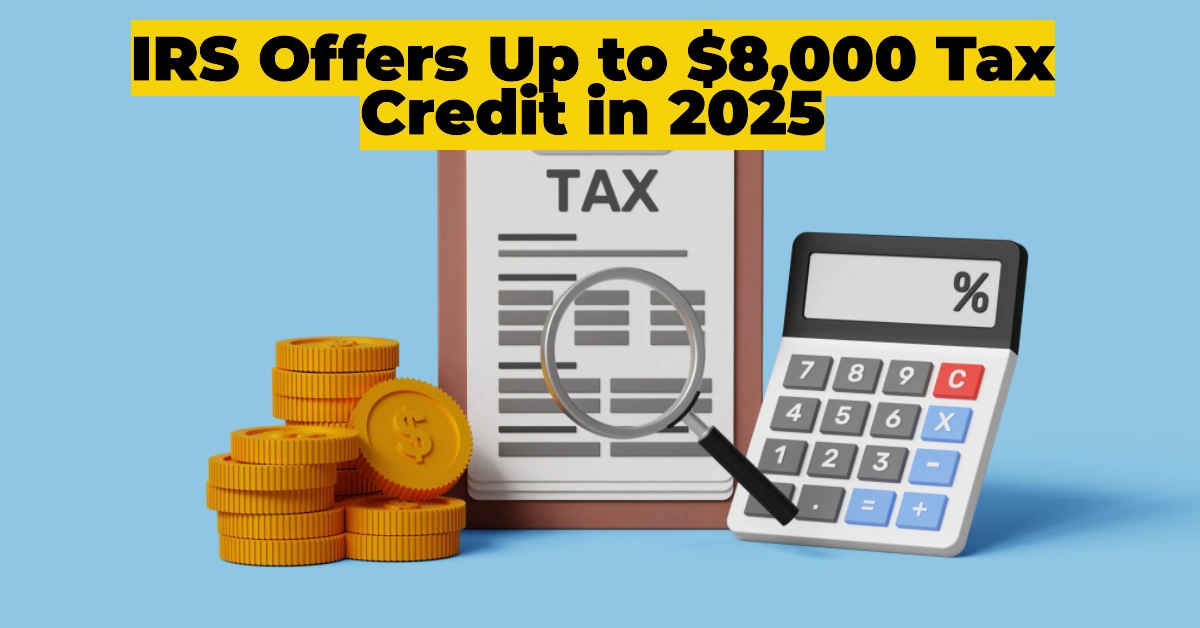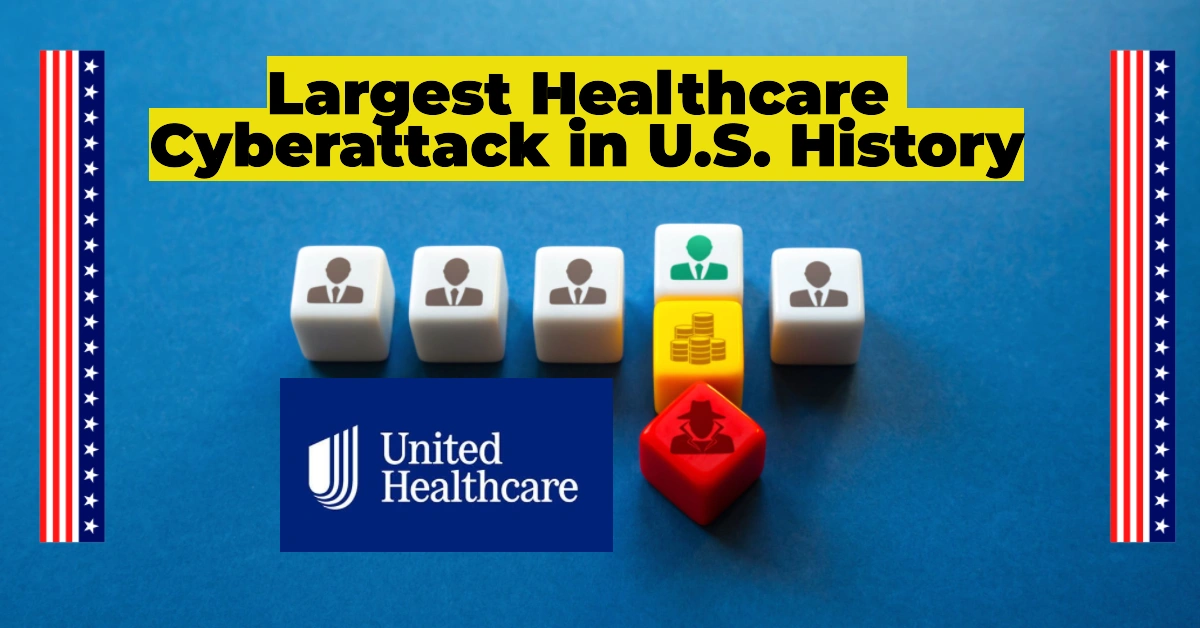As 2025 unfolds, student loan borrowers face significant shifts in repayment policies, forgiveness options, and default collections. With a new administration stepping in, federal strategies surrounding student debt are expected to evolve, impacting millions of Americans.
Table of Contents
What’s Changing in 2025?
1. Resumption of Defaulted Loan Collections
After a lengthy pause due to the COVID-19 forbearance period (March 2020–September 2023), the federal government will restart collections on defaulted student loans in 2025.
- Key Impacts for Borrowers:
- Wage garnishment, tax refund seizures, and Social Security benefit reductions could resume in late 2025.
- Missed payments will be reported to national credit agencies starting January 2025, with loans entering default status if payments remain overdue.
- What Borrowers Should Know:
This marks the end of the “on-ramp” period where missed payments did not trigger default consequences. By late 2025, borrowers in default may face aggressive recovery actions.
2. Leadership Transition and Policy Shifts
With President Biden’s administration concluding in July 2025, responsibility for managing student loans will transfer to the incoming Secretary of Education, Linda McMahon, under the Trump administration.
- Anticipated Actions:
- Resumption of wage garnishment and stricter enforcement measures.
- Potential dismantling of borrower-friendly initiatives introduced during Biden’s tenure.
$284M University Financial Aid Class Action Settlement: What Students Need to Know
The Future of the SAVE Plan
The Saving on a Valuable Education (SAVE) plan, a flagship program under the Biden administration, provided:
- Lower interest payments.
- Forgiveness pathways.
- Waivers on excessive interest accrual.
However, its fate remains uncertain due to ongoing legal challenges.
- Legal Challenges:
- Republican-led states argue the plan overstepped regulatory authority, and a verdict from the Eighth Circuit Court of Appeals is expected soon.
- The current administration plans to appeal any unfavorable ruling, but with the Trump administration incoming, SAVE’s survival is doubtful.
- Potential Outcomes for Borrowers:
- If SAVE is discontinued, borrowers may need to transition to Income-Based Repayment (IBR) plans, which typically result in higher monthly payments.
- Borrowers currently under SAVE enjoy interest-free forbearance, but this could end abruptly with policy reversals.
Social Security: What is the FICA Tax and How It Impacts Your Paycheck: A Complete Breakdown
Will Social Security Recipients See Extra Money in January 2025? Everything You Need to Know
What Experts Are Saying
- Mike Pierce, Student Borrower Protection Center:
“It’s likely that McMahon will have to make decisions on turning wage garnishment back on. Borrowers should brace for more aggressive collections.” - Michael Lux, Student Loan Sherpa:
“Borrowers face tremendous uncertainty heading into 2025. Millions enrolled in SAVE should prepare for payment increases as the program’s survival is highly unlikely.”
What’s Next for Borrowers?
Prepare for Changes:
- Stay informed about policy updates and repayment plan options.
- Consult financial advisors to reassess repayment strategies.
Watch for Court Decisions:
The fate of the SAVE plan will be critical in determining repayment terms for many borrowers.
Plan for Higher Payments:
Borrowers should anticipate transitioning to repayment plans with less favorable terms, especially if SAVE is repealed.
A Challenging Road Ahead for Student Borrowers
The transition to a new administration and the potential rollback of borrower-friendly policies make 2025 a pivotal year for student loan repayment. Staying proactive and informed will be essential for navigating these changes effectively.










